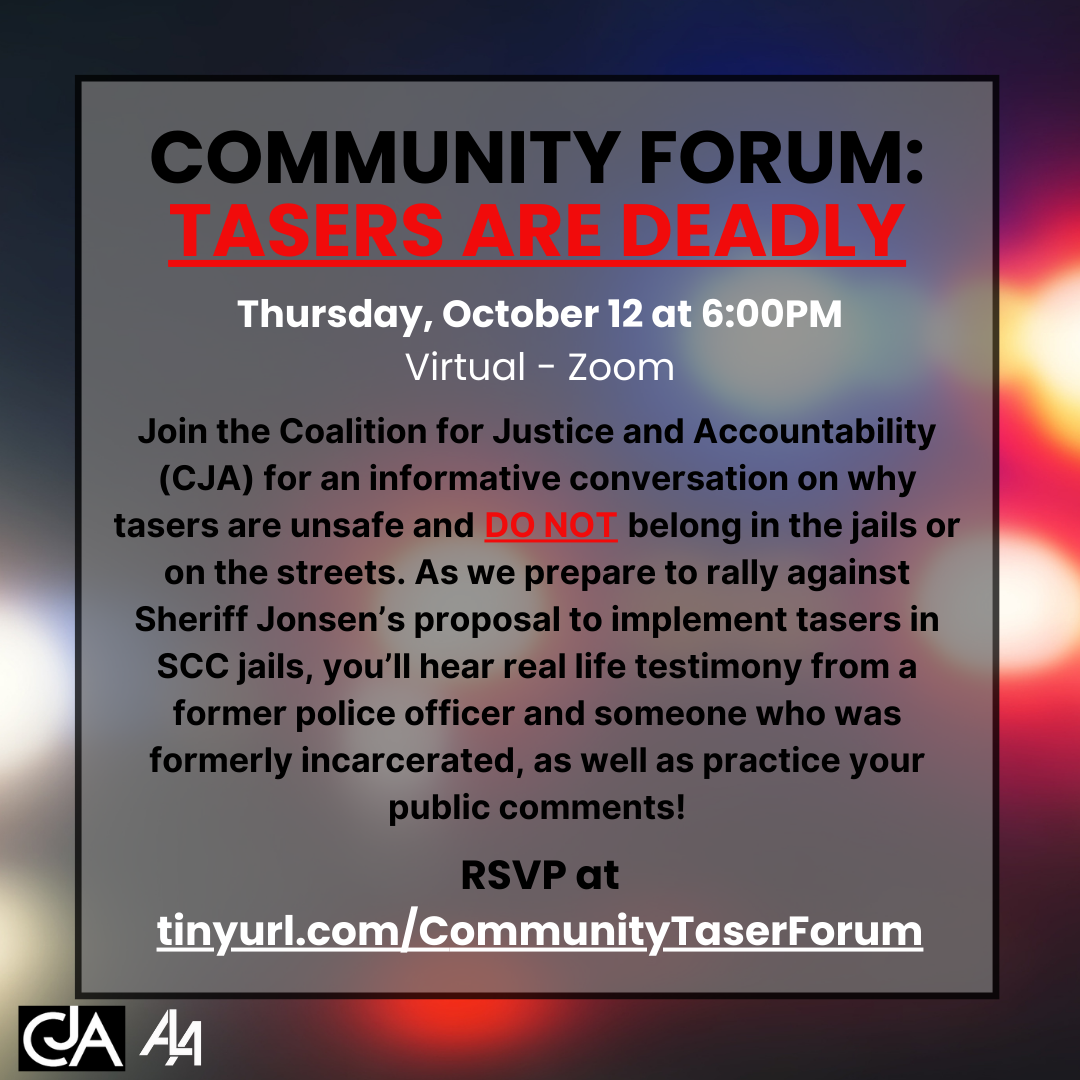The recent ruling regarding the use of Tasers by county sheriffs in San Jose has ignited fervent discussions in the community, heralding what might be a watershed moment in law enforcement practices. With tensions surrounding police conduct at an all-time high, the decision to arm county sheriffs with electroshock weapons raises complex questions about public safety, accountability, and the broader implications for community-policing relations.
For many, the controversy surrounding Tasers lies not only in their efficacy as a non-lethal alternative to firearms but also in their potential for misuse. Critics argue that the introduction of Tasers could foster an aggressive policing paradigm, leading to an increase in their deployment in low-risk situations. As these devices are often perceived as a middle ground between verbal commands and lethal force, their presence may inadvertently lower the threshold for force used by law enforcement officers.
This dichotomy emphasizes the need for a nuanced discourse. Law enforcement advocates maintain that Tasers can serve as vital tools in de-escalation efforts, allowing sheriffs to diffuse volatile situations with minimal harm. The underlying premise here is that if used judiciously, these electroshock devices can prevent the loss of life that might otherwise occur in a traditionally armed confrontation. However, the anecdotal evidence surrounding the use of Tasers in various districts raises a critical question: do the benefits truly outweigh the risks?
The ruling is set against a backdrop of heightened scrutiny of law enforcement practices, particularly involving marginalized communities. Instances of excessive force have left indelible scars, leading to calls for reform. To that end, the decision regarding Tasers comes with promises of transparency and accountability. The hope is that the introduction of rigorous training protocols and oversight mechanisms will help mitigate misuse and cultivate a culture of responsible weapon deployment.
This ruling could potentially become a catalyst for a broader examination of policing methodologies. By instigating a shift in public perception, it encourages an open dialogue about the ethics surrounding law enforcement’s toolkit. Will the enhanced use of Tasers foster a more secure environment, or will it stoke the fires of distrust further? As the implementation unfolds, community members will be vigilantly monitoring firsthand accounts and case studies, eager to glean insights that could shape future legislative decisions.
In conclusion, as San Jose navigates this contentious terrain, both supporters and detractors of the ruling must grapple with the wider implications of Tasers in law enforcement. The dialogue surrounding this issue is not simply a reflection of local dynamics but encapsulates a national conversation, one that is critical to shaping the future of policing in America. By examining every facet of this contentious topic, stakeholders can better prepare for the path ahead—one fraught with both potential benefits and significant challenges.
